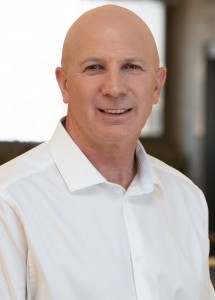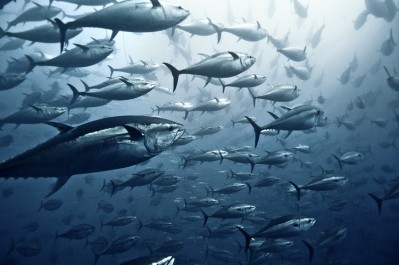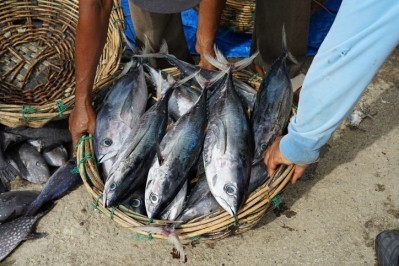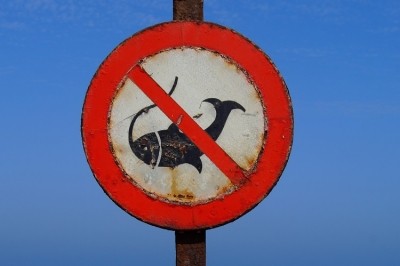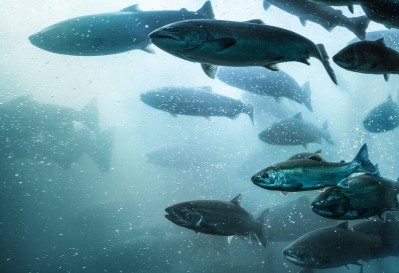AquaMaof fishes new markets after $230 million investment
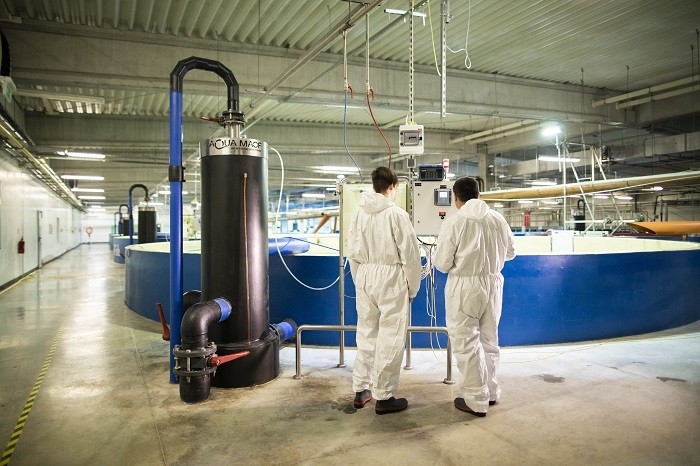
The Israel-based company builds indoor aquaculture facilities to grow fresh, natural and responsibly-farmed fish. Last month, it secured more than $230 million to build more than a dozen global aquaculture facilities in locations including Japan, Russia, Norway, Germany and Poland.
It is currently constructing the world’s largest indoor salmon aquaculture facility in Newfoundland, Canada, at an estimated cost of $70 million.
AquaMaof facilities and projects across the globe:
- Poland: A fully operational facility producing Atlantic salmon, co-owned with 8F private equity firm – one of very few facilities around the world to produce harvest size Salmon
- Russia: Three ongoing projects: a fully operational facility growing trout, an upcoming $28 million facility that will produce 2,500 tonnes of Atlantic Salmon, and a contract signed for an upcoming Salmon facility
- Japan: Two ongoing projects with a combined capacity of 15,000 tonnes of Atlantic Salmon
- Slovakia: A facility operating since 2015, producing catfish
- A facility growing grouper located in Southeast Asia
- More facilities including in Germany and Norway in design stage
An emphasis on its sustainable and green values
Traditional fish farming faces challenges including ocean pollution and the health of captive fish populations, where disease can spread quickly, while over-fishing and mismanagement of wild stocks raises concerns about the long-term sustainability of the industry.
Indoor farming and its associated technology, called Recirculating Aquaculture Systems (RAS), addresses some of these concerns and, according to AquaMaof, RAS-farmed fish often ranks as one of the most sustainable seafood choices around. Other advantages include zero risk of escaping fish mating with wild populations, and the reduced threat of disease.
“I would like to emphasize that salmon companies are responsible and reliable, but land-based aquaculture is the only solution offering complete control over the production process, minimizing the risk of disease and parasites,” AquaMaof ‘s owner Yoav Dagan, told FoodNavigator.
AquaMaof, he explained, promotes sustainable practices that include proprietary water recycling techniques. RAS facilities mean there are no antibiotics or chemicals used in the farming process and efficient power consumption, utilizing, AquaMoaf claims, about a third of the power consumed by other system designs.
The system enables harvest all year round and fish grow to commercial size faster, compared to other methods. “You have full control of the water, so no need for treatment of any kind – no chemicals, antibiotics, etc,” explained Dagan. “The water is continuously treated – with almost zero discharge of waste – and minimal footprint on the environment.”
As a result, the fish produced is totally traceable, healthy, natural and fresh, according to Dagan. The company’s close-to-market approach not only helps to reduce the carbon footprint, he added, but it provides complete control over the fish processing along with production and transportation cost reduction. In this way, consumers have access to premium-quality fish at competitive prices.
RAS facilities also offer the reduced risk of fish waste damaging the marine environment. Biological filters at AquaMaof sites process most of the fish waste. And thanks to the full control of the environment ensuring the fish is free of chemicals and pesticides, the RAS process does not mean taste is compromised. “We’ve done several blind taste panels worldwide with consumers with high results. The people on the panels gave our fish high grades in taste and texture.”
Trial and error
Despite the advantages of RAS operations, there have been some high profile examples of indoor fish farm flops. But it’s no longer the case that indoor fish farms are more technically challenging and more costly than ocean farming, stressed Dagan. AquaMaof’s struggles as it began life in Israel, “one of the most difficult places to grow fish,” hardened it to the tests, he said.
“We have very little water and we have distinct winter and summer seasons so it's very challenging to grow tropical fish optimally nor cold water species.” After trying a range of traditional aquaculture techniques in the country, Aquamaof concluded that moving aquaculture production in-land under control environment was the ideal solution. “Soon after we realized that many players in the global aquaculture industry were experiencing the same difficulties and needed a similar solution and our land-based journey began.”
"One of the turning points for the company was when we successfully completed a full cycle production of harvest-size Salmon (4-5kg) in our facility in Poland. We are very proud to own one of the first land-based facilities to do so commercially."
AquaMaof’s business model has a focus on premium species, and its facilities allow a fast ROI of four to seven years.
“We have a lot of experience adapting the technology to a wide range of fish species, however, bluefin tuna and shrimp are still a challenge,” added Dagan. “Shrimps have a completely different biology and behavior and require very specific physical and environmental conditions that we are testing and developing in order to address it.”
Technology is also key to AquaMaof maintaining a foothold as an economically-viable and sustainable source of fish. “We experienced some of those [technical and economic] challenges in the past, but since then we have come a long way and gained substantial operational experience. Although we cannot speak for the entire industry, we are always working on advancing our technology to make it more reliable, efficient, and to streamline operations even further.
“In the near future, feed and water treatment techniques are two areas where we can expect to see development, but also genetics, a factor that we monitor closely.”
The company is also exploring machine learning, automation, advanced monitoring technologies, and process management in order to be able to predict and recognize patterns that warn of imminent malfunction.
‘We’re excited about growing markets’
Next up for AquaMaof is spotting new markets. It has ensured its facilities are strategically located no more than two hours outside of large cities, meaning it can grow fresh and natural fish for customers in landlocked regions who are currently used to consuming chilled or frozen imported products.
“The markets that are importing most of its seafood are the most interesting markets for us, but any market that imports seafood is a potential market,” said Dagan.
“The Far East is definitely an emerging market, with China becoming the biggest market on imported seafood. The US is importing 90% of its seafood as well. It’s a growing market that we are excited about. Salmon companies that are based in Scandinavia and Chile are another promising market for smolt production facilities."
